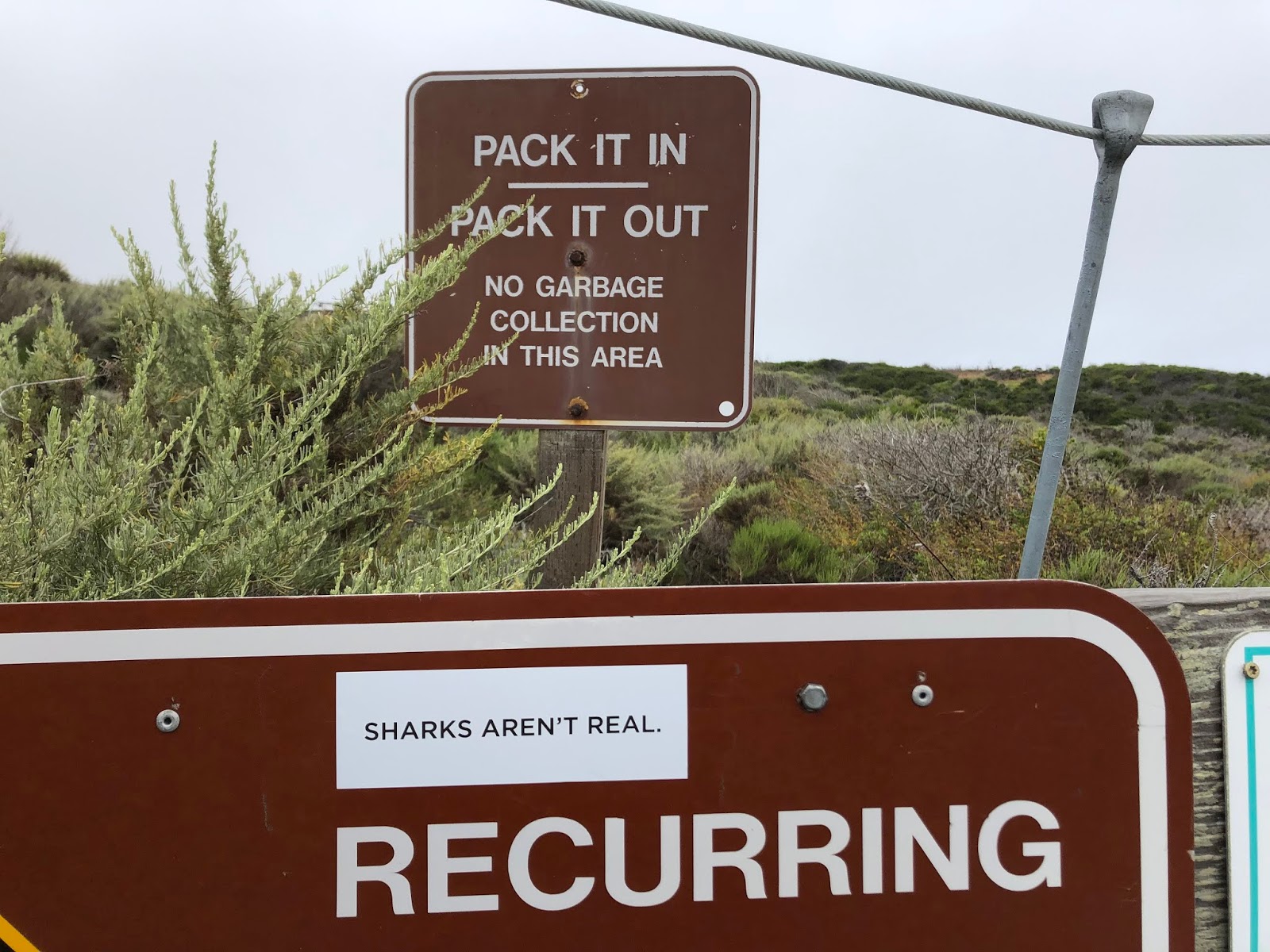Update: Listen to the Meraki Radio conversation on KDRT 95.7FM about this project.
After four years of gathering photographs and writing hybrid poems, I've completed my 125-page ecopoetry manuscript. (Celebration dance!) The project began while being displaced during seasonal pollen, wildfires, and other things. We create based on what we have. So, I started by witnessing the minutia of coastal California environments.
After four years of gathering photographs and writing hybrid poems, I've completed my 125-page ecopoetry manuscript. (Celebration dance!) The project began while being displaced during seasonal pollen, wildfires, and other things. We create based on what we have. So, I started by witnessing the minutia of coastal California environments.
Initially, I called this project "Death Patrol"
because expired life was the obvious and shocking coastal evidence I noticed.
Often discarded plastics are the next most conspicuous declaration after hides,
and bones, and shells. Then I thought about the intertidal zone as a boundary—but no,
the opposite was going on. Sand and seawater meet as places of
occurrence—showing we are one global ecosystem. Coastlines indicate
connections.
Humans aren't always destructive. There are innate needs to express that "we were here." These marks of existence show up
as artistic expressions through stacked rocks, sand sculptures, and driftwood
forts. Arrangements left on the beach, not carted off.
Strange juxtapositions in the sand are positioned naturally
by the tides, too. It doesn't require the hand of man to create art. No matter
what humans created, these sculptures were rearranged, softened, or gulped by
the sea. Plastics, wrappers, and sea creatures morph into an uncomfortable
levity. As humans, we crave humor, particularly when heavy topics like
environmental degradation overwhelm.
"Sharks aren't real." I happened across this sticker placed above
"recurring" on a sign. Pretty funny, as well as being a vulnerable statement. Of course, sharks are real. We
tell ourselves falsities to better deal with what's hidden from the surface—those
dark shadows too primal to grasp. If we can't see it, maybe it doesn't exist.
Sharks are real, and so is global warming.
Sharks move through the water doing their job as part of the
global ecosystem. I witnessed a giant Great White and the barnacled snout of a
whale shockingly near the shore—only several car lengths away. There were many
smaller fins, maybe a type of whale or dolphin. The massive shark broke the
surface many times, the giant dorsal fin and slick body arcing over the whale.
Triangles became one of the guiding shapes of my project.
For twenty-five minutes, I watched this dance without any
evidence of blood in the water. A park ranger explained when schools of small
fish are near the shore the predators follow. My ocean encounter felt magical
like the sea had lifted its lid and shown what exists under that aquatic
boundary.
Whales and sharks are not evil in their pursuits of
consuming the small and the large. Homo sapiens, as thinking beings, have the
capacity for accountability and will be held accountable for their actions.
Political manipulations might push paying the ecological check down the road a
bit. Those who come after us will deal with this trail of destruction. By
noticing and witnessing the small clues deposited or exposed along the tidal "boundary," we awaken. We become complicit if we make no adjustments.
It's a choice. We are part of a chain of events pointing the
way forward for the next wave of humans. Humankind's heavy footprints do indent
the natural world. Ecosystems can only speak for themselves by clues rising up
from below the surface. Fins are more than warning signs.
I've posted some outtakes on Instagram.
















